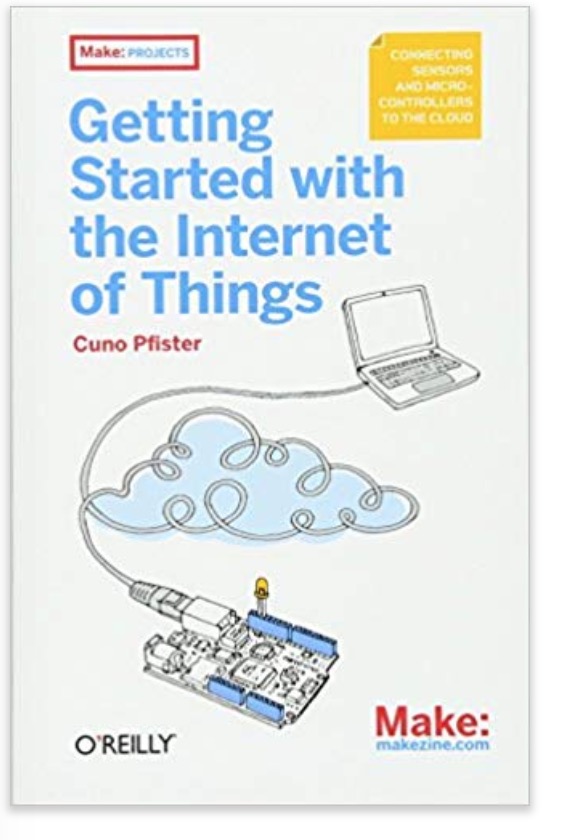Recent Posts
In-Vehicle System With SAE J1939 Port For Fleet Management Systems And Internet-of-Things Applications
Posted by on
The fanless PL-81880 in-vehicle computer by Win Enterprises (USA) was designed for fleet management system (FMS) and Internet-of-Things (IoT) applications.
From an IoT (Internet of Things) viewpoint, a vehicle is similar to an industrial manufacturing facility. It has sensors and actuators much like you would find on a manufacturing line and, likewise, a huge amount of data is generated by these devices. This data can be routed and consolidated into the PL-81880, serving as an IoT gateway. Using wireless communications, data is sent to servers in the “cloud” for analysis and decision-making by the fleet owner.
The PL-81880 system features a Vortex86 processor (SoC, system-on-chip), 2-GiB onboard memory, and EiA-232, Ethernet, and USB interfaces. The integrated CAN port supports the SAE J1939 protocol. In addition, the computer provides analog and digital I/O ports. Depending on the software implemented on the gateway, both informatics and business data can be tracked.
Features
- DMP Vortex86 DX3-9126 CPU Onboard (SoC)
- DDR3L 1333 2GB Memory IC onboard
- Bluetooth OBD2 Module (Optional)
- 1 x VGA output and optional 1x LVDS 1 channel 18/24-bit output
- 1 x RJ-45 10/100M Fast Ethernet
- 2 x USB 2.0
- 2 x COM Port for RS232 TX & RX
- 1 x J1939/J1708 CAN BUS port
- Onboard optional U-blox NEO-M8N GPS chip
- G-sensor onboard
- 1 x external CFast socket or 1x M.2 Socket
- 4GB eMMC Flash onboard(Optional)
- 3 in (5V or 12V TTL selectable) & 3 out (12V TTL , Max. 100m A) GPIO
- 9 to 36 VDC Wide-range Power Input
More Information
- Download/View the PL-81880 Data Sheet (PDF)...
- More Information...
What is the Internet of Things? It's billions of embedded computers, sensors, and actuators all connected online.
If you have basic programming skills, you can use these powerful little devices to create a variety of useful systems—such as a device that waters plants when the soil becomes dry.
This hands-on guide shows you how to start building your own fun and fascinating projects.
Learn to program embedded devices using the .NET Micro Framework and the Netduino Plus board.
Then connect your devices to the Internet with Pachube, a cloud platform for sharing real-time sensor data. All you need is a Netduino Plus, a USB cable, a couple of sensors, an Ethernet connection to the Internet—and your imagination.
- Develop programs with simple outputs (actuators) and inputs (sensors)
- Learn about the Internet of Things and the Web of Things
- Build client programs that push sensor readings from a device to a web service
- Create server programs that allow you to control a device over the Web
- Get the .NET classes and methods needed to implement all of the book's examples
 Loading... Please wait...
Loading... Please wait...


